 Perry
Perry
Entry Category: Counties, Cities, and Towns - Starting with P
 Perry
Perry
Perry (Perry County)
Perry County
 Perry Depot
Perry Depot
 Perry Post Office
Perry Post Office
Perrytown (Hempstead County)
Perryville (Perry County)
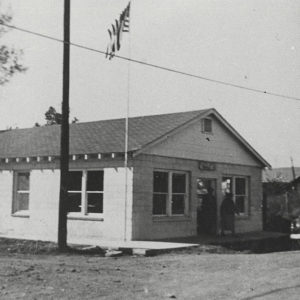 Perryville Fire Station
Perryville Fire Station
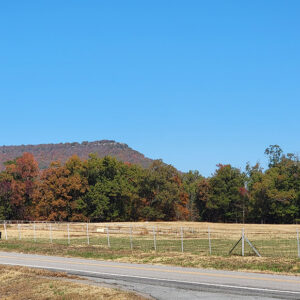 Petit Jean Mountain
Petit Jean Mountain
 Petit Jean River
Petit Jean River
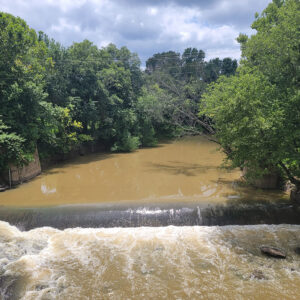 Petit Jean River
Petit Jean River
 Petit Jean River Bridge
Petit Jean River Bridge
Pettigrew (Madison County)
 Pettigrew Building
Pettigrew Building
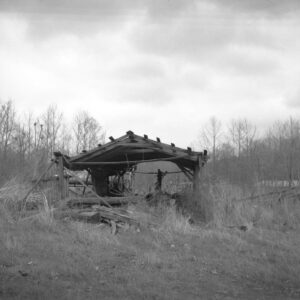 Pettigrew Mill
Pettigrew Mill
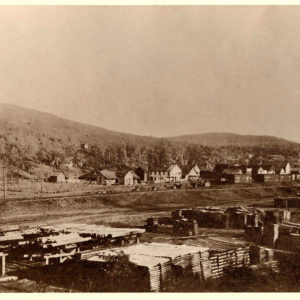 Pettigrew View
Pettigrew View
Pfeiffer (Independence County)
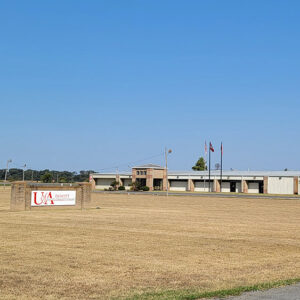 Phillips Community College; DeWitt
Phillips Community College; DeWitt
Phillips County
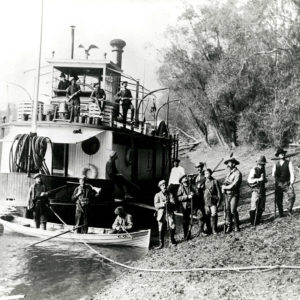 Phillips County Hunters
Phillips County Hunters
 Phone Company
Phone Company
Pickens (Desha County)
Piggott (Clay County)
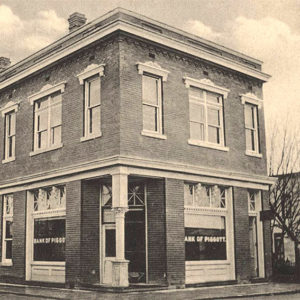 Piggott Bank
Piggott Bank
 Piggott Baptist Church
Piggott Baptist Church
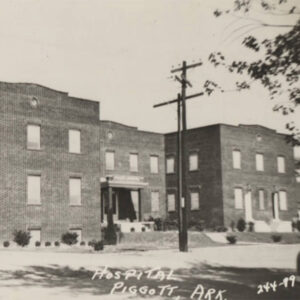 Piggott Hospital
Piggott Hospital
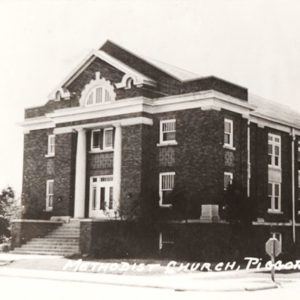 Piggott Methodist
Piggott Methodist
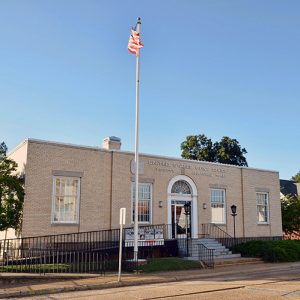 Piggott Post Office
Piggott Post Office
Pike City (Pike County)
Pike County
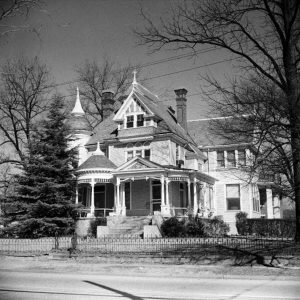 Pillow-Thompson House
Pillow-Thompson House
Pindall (Searcy County)
Pine Bluff (Jefferson County)
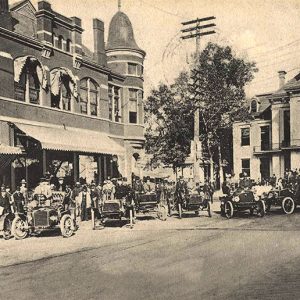 Pine Bluff Automobile Club
Pine Bluff Automobile Club
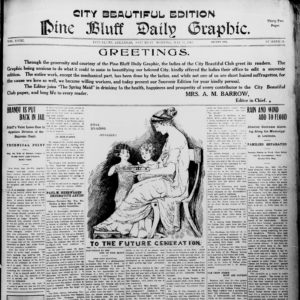 Pine Bluff Daily Graphic
Pine Bluff Daily Graphic
 Pine Bluff Flood
Pine Bluff Flood
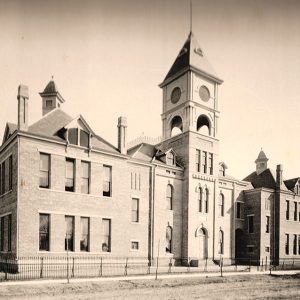 Pine Bluff High School
Pine Bluff High School
 Pine Bluff Retail District
Pine Bluff Retail District
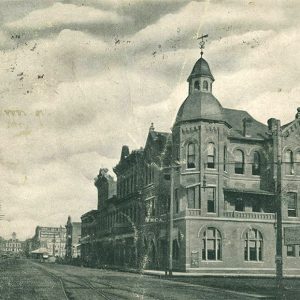 Pine Bluff Street Scene
Pine Bluff Street Scene
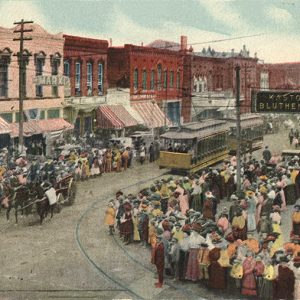 Pine Bluff Street Scene
Pine Bluff Street Scene
 Pine Bluff Street Scene
Pine Bluff Street Scene
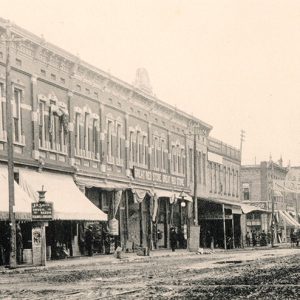 Pine Bluff Street Scene
Pine Bluff Street Scene
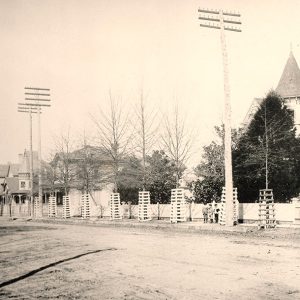 Pine Bluff Street Scene
Pine Bluff Street Scene
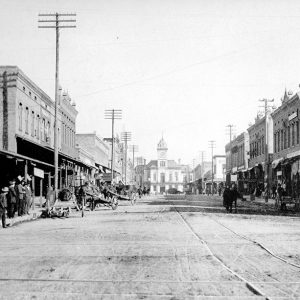 Pine Bluff Street Scene
Pine Bluff Street Scene
 Pine Bluff/Jefferson County Library
Pine Bluff/Jefferson County Library
 Entering Pine Grove
Entering Pine Grove
Pine Log (Benton County)
Pine Ridge (Montgomery County)
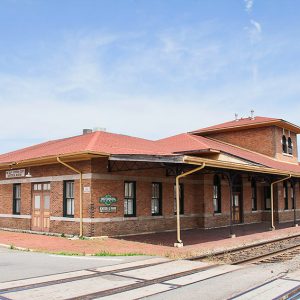 PineBluff/Jefferson County Historical Museum
PineBluff/Jefferson County Historical Museum




